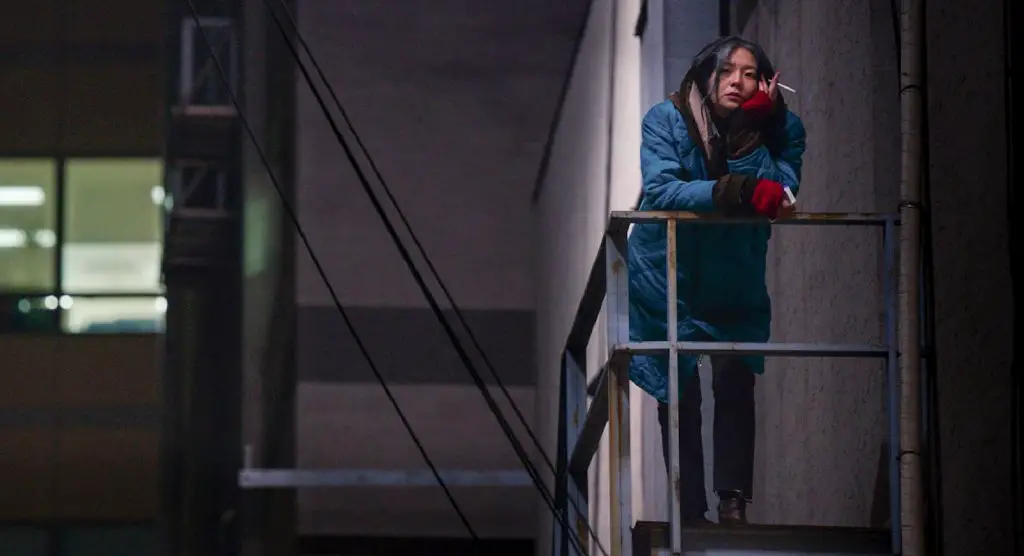
Not every film has to be “edgy”; something “Wildflowers” proves by negative example. There’s a sweet and engaging story at the core of Melissa Painter’s film. Seventeen-year-old Callie (Clea DuVall), an endlessly drifting daughter of Sixties flower children, is aimlessly whiling away the summertime in 1985 when she repeatedly crosses paths with Sabine (Daryl Hannah), an exotic but spacey painter. The cute but lonely tomboy becomes obsessed first with the darkly mysterious older woman and then her rough-hewn ex-boyfriend Jacob (Eric Roberts), in the process, distancing herself from her friends and her laid back father Wade (Tomas Arana). The more time she spends with these strangers, however, the more it brings to the fore her resentments and the unanswered questions she has about her parents and about the childhood she spent in a commune. Her curiosity piqued, Callie cleverly manipulates the unsuspecting adults around her into inadvertently providing her the answers she so desperately seeks. “Wildflowers” is a surprisingly mellow film, considering the volatile emotions swirling around these troubled characters. While Hannah is suitably weird, DuVall’s Callie is a real heart-melter. Paul Ryan’s gorgeous photography, a ninety-seven minute pastel-tinged Hallmark greeting card, adds to the film’s soothing effect. All of which makes the disruptions caused by the idiotic jump-cutting all the more jarring. Complete with contrived flash frames and the type of jerky, handheld “NYPD Blue” camera movements that went out of style two years ago, this smugly self-aware editing style not only jolts the viewer out of the story, it undercuts the mellow Marin County mood as well. About all it accomplishes is to make you wonder what continuity mistakes the filmmakers are trying to cover up. “Wildflowers” never resolves this struggle between its polar opposite styles, thus undermining a potentially poignant film. Not that random jump-cuts sprinkled throughout a film necessarily make it “edgy,” although that certainly seems to be Painter’s intent. As this badly damages the film, it’s a stylistic decision which proves that edgy isn’t always good.

